A Healthy Bottom Line
Account for activity
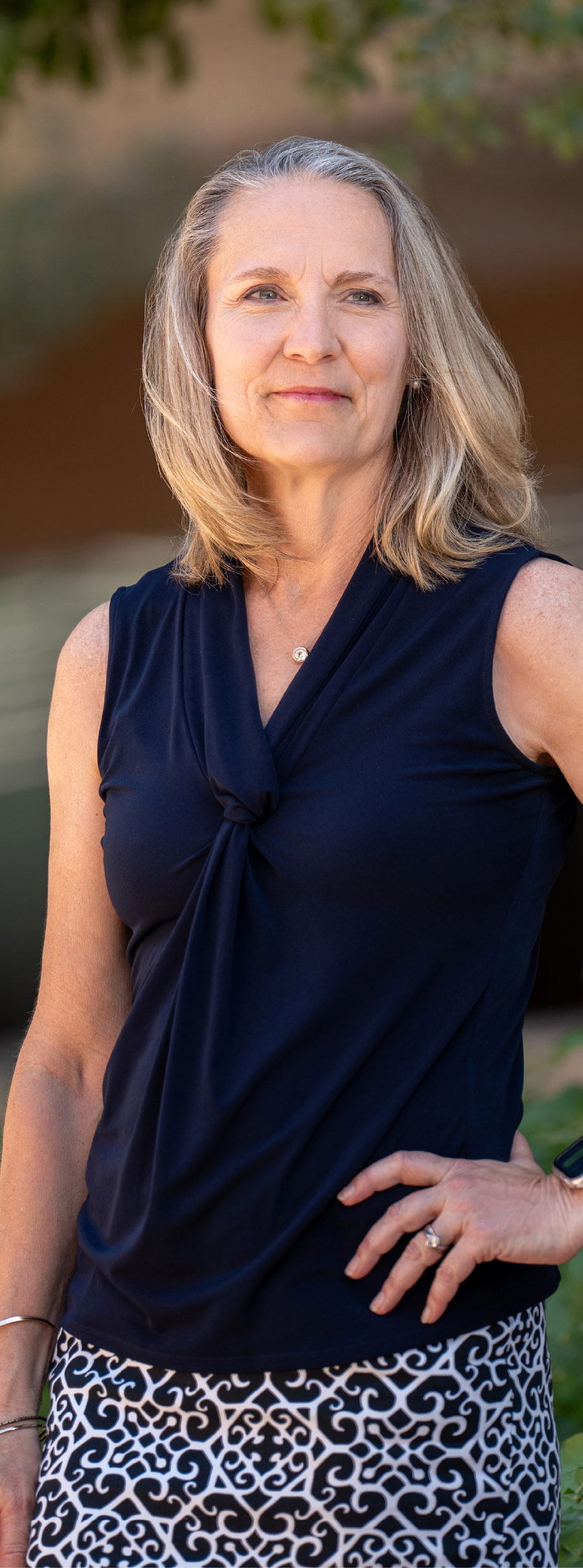
Embrace healthy comparisons
Brooks tries not to let unhealthy comparisons keep her from finding joy in what she can do today. “We’re creatures of comparison,” she says, which can be good and bad. Comparing yourself to someone better, or even a younger version of yourself, can be unhealthy when it makes us feel less than. “We’re not the same people we were yesterday,” she says.
Comparison can sneak into your thoughts in the weight room at the gym, on the running path, or in the yoga studio. But don’t let it, Brooks says. Instead, ask yourself: Where am I today? What injuries have I had? And what is my purpose? “My purpose is to be healthy and to have fun,” she says.
Brooks looks for places where exercise fits naturally into her daily routine and stays motivated because movement makes her feel better. “I try to start my day by doing yoga and stretching, and there is such a big difference when I do. I also consciously try to put breaks in the day to move — and, thank goodness, my dog helps me with that.”
Secure a healthy supply chain
“I like to cook, but I get extremely burned out from the need to feed bodies every day,” she says. To help, she started creating a Pinterest board of enticing recipes. Every Sunday, Wood scans the board to pick what she’ll cook for the week, shops, and does meal prep. “That’s helped me be better prepared and get more excited about cooking versus panicking about what I’m going to pull together at the last minute.”
(Senior Organizational Development Consultant)
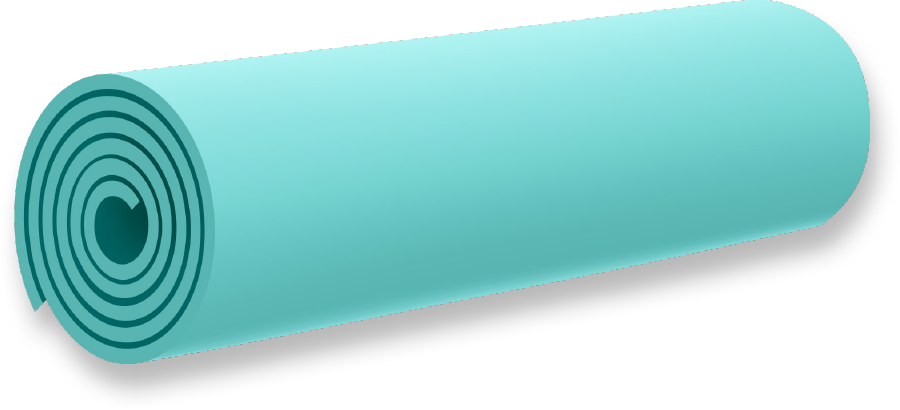
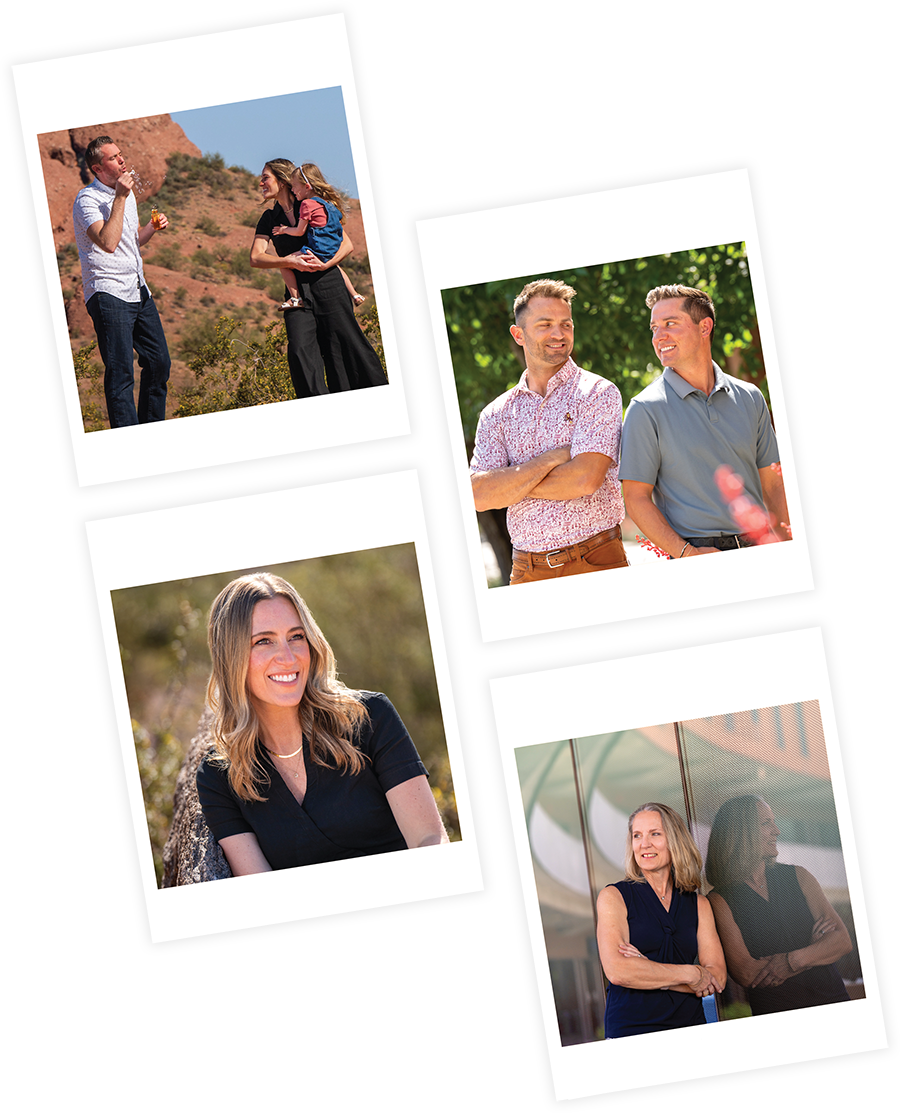
Sleep strategically
Invest in your health
Engineer efficient systems
Manage expectations
Professor of Marketing and Juanita and Phil Francis Faculty Fellow
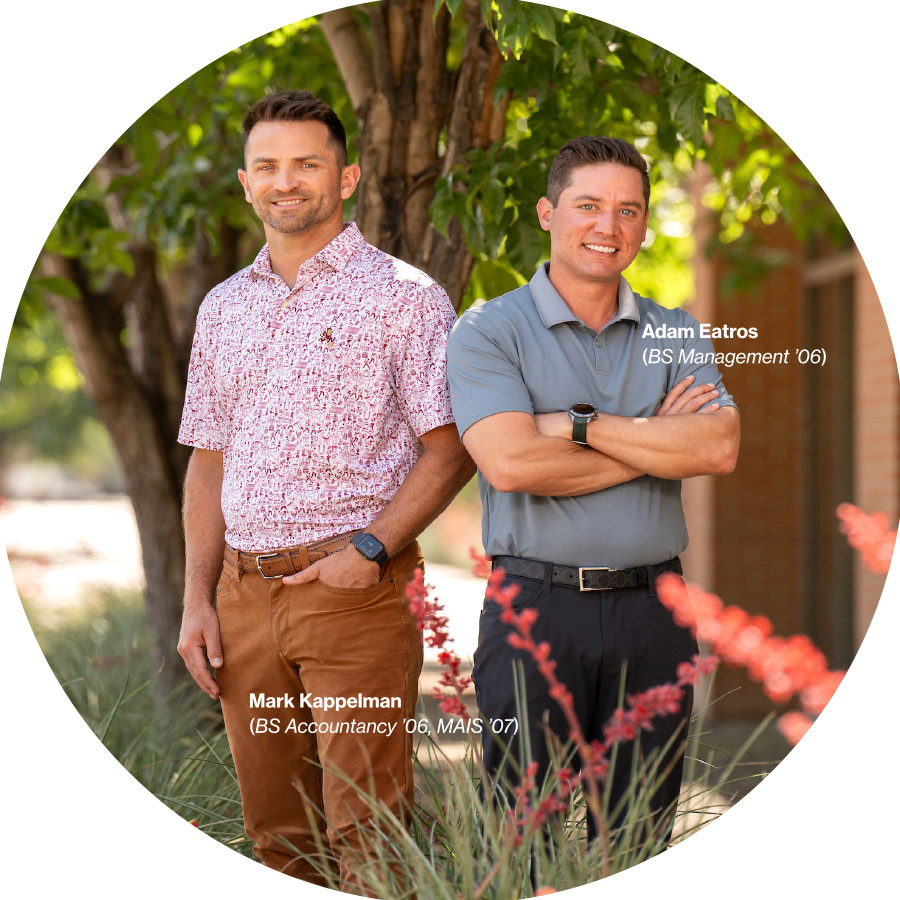
Optimize operations
She is still working on cracking the code and scheduling all the day-to-day to-dos that come with family life, like doctor’s appointments, helping with homework, getting groceries, and cooking dinner. “Those things are not voluntary busyness. Unfortunately, that’s stuff you’re stuck doing that takes away from other things,” Paharia says.
She jokes that figuring out work-life balance would be easier with an operations manager. “You need somebody to say, ‘On Tuesday, we’re doing laundry. On Wednesday, we fold it while we’re watching TV. Thursday, we go grocery shopping. Friday, we make fish. We use the leftover fish to make pasta on Sunday.’ You have to find a way to take a step back and figure out how to optimize the whole system.”
(BS Accountancy ’06, MAIS ’07)
Host networking events
Wood craves one-on-one connect time, too, so she ensures she has a process to make it happen. “If I say it’s important to me to prioritize my friendships,” she says, “what’s the system I have to make that happen?” For her, it means her husband is on kid duty every Thursday night so she can go out with friends. She encourages people to create the most straightforward systems to align their behavior with their goals.
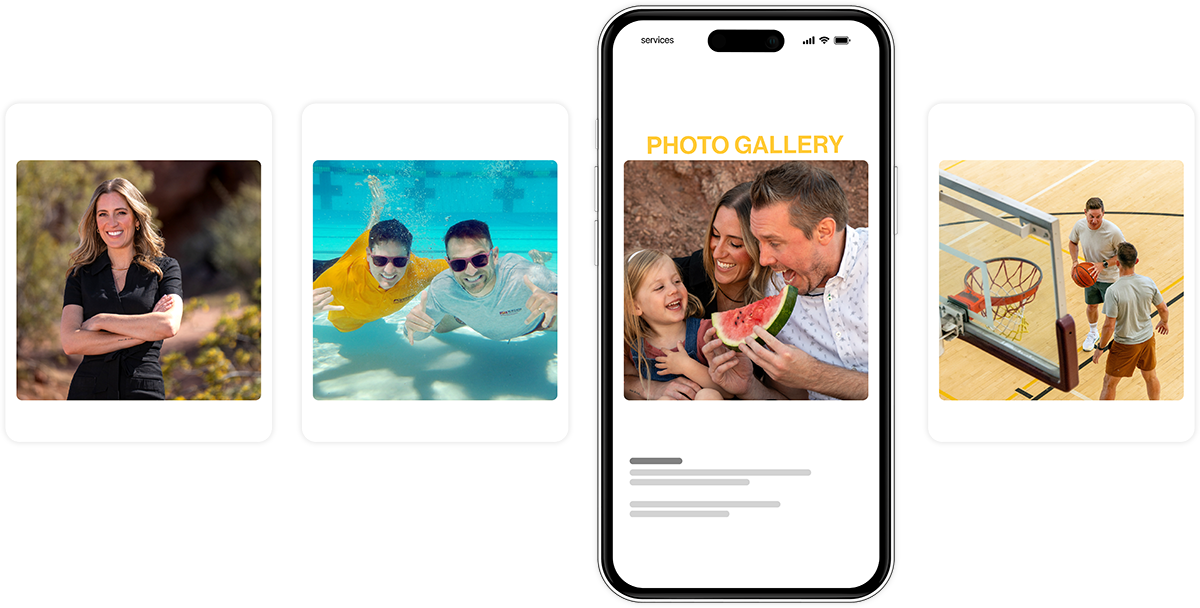
Lead by example
For REA’s 200 accountants, Eatros admits that work can be grueling. “There are a lot of demands and pressures,” he says. And as Kappelman points out, there’s not much gray in accounting. “If you don’t get it right, it’s obvious.” That makes the pair aware of employee burnout. Their fully remote workforce has unlimited vacation time and generally does not have weekend demands, promoting a work culture that values both physical and mental well-being.
(BS Finance/Supply Chain Management ’11)
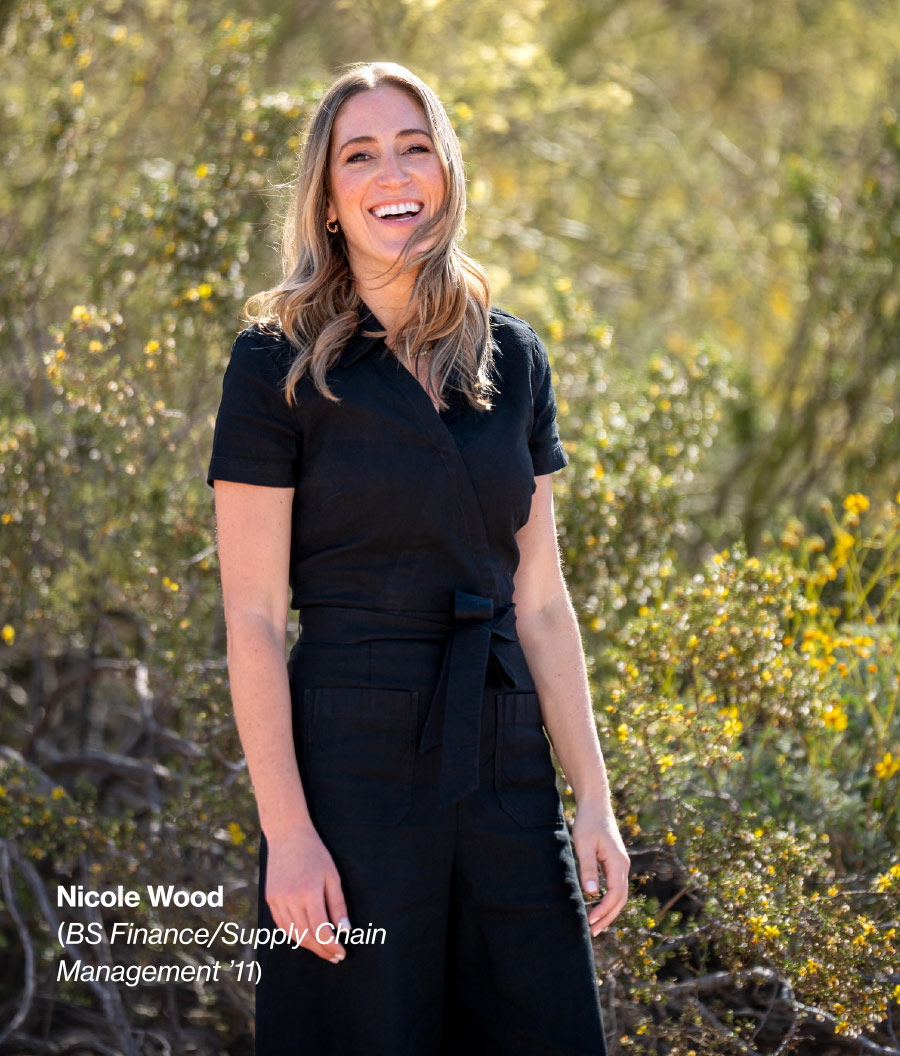
Ensure a healthy ROI
Kappelman, for example, has a daily ritual of cold plunging—sometimes in the winter in icy Lake Michigan. “I don’t know the science behind it, but it makes me feel alive,” he says. “I’ve also read that doing something challenging every day helps you feel like you’ve accomplished something, which can lead to momentum, and cold plunging for me is just that.”
Brooks gets her burst by starting every morning with a green nutrient drink that gives her more energy and makes her feel good. That feeling is much more motivational than all the “woulda, coulda, shouldas” she could tell herself.
Externally motivated, Wood knows she’s most successful when she makes commitments to others, like signing up for a yoga series a friend was teaching. “I’m a big external accountability person, so I never would have invested the time and money if I hadn’t wanted to support her,” she says. If Wood slips or feels like quitting, she tells herself, “I’m not committing tomorrow; I’m committing today. And every little thing you do builds the momentum to do the next thing.”
As you can see, no one has it all figured out. But starting small with smart daily decisions that benefit your physical and mental health can have big payoffs.